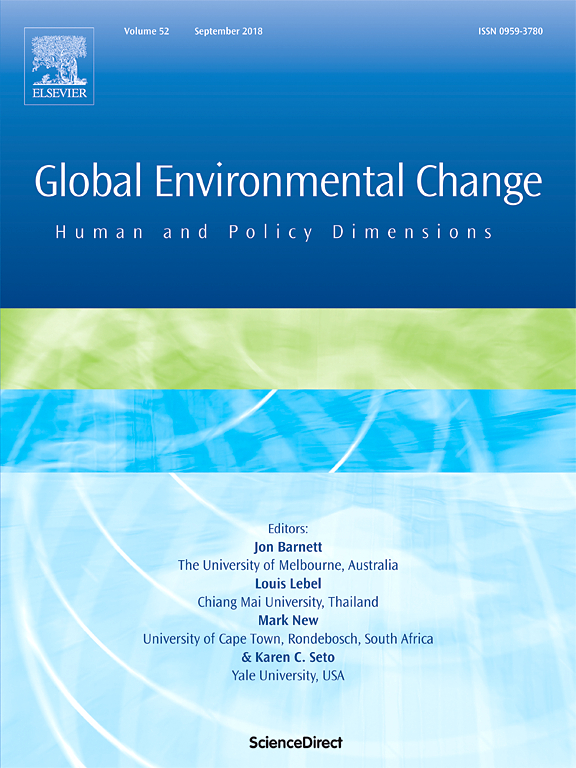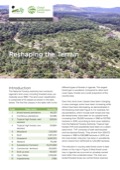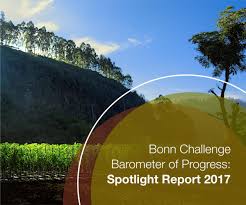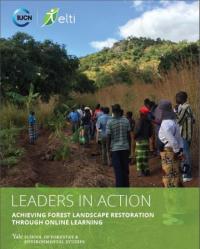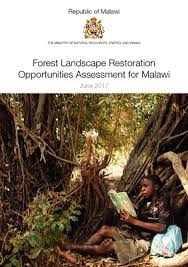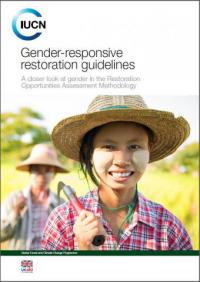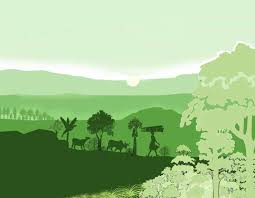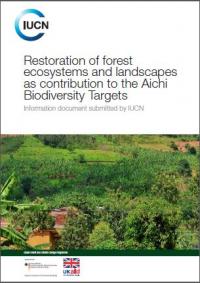A diagnostic for collaborative monitoring in forest landscape restoration
Forest landscape restoration (FLR) requires a long-term commitment from a range of stakeholders to plan the restoration initiative collaboratively and see it through successfully. This is only possible when the people involved whether they are landholders, indigenous groups, government entities, non-governmental organizations or other crucial actors come together to define common goals and monitor progress toward those goals.


